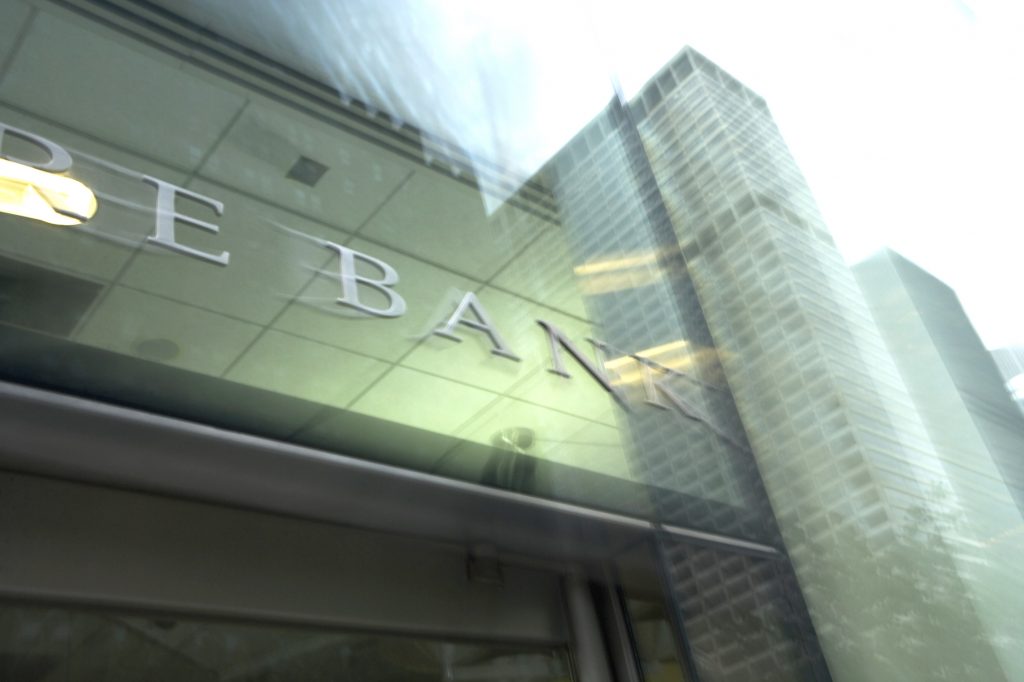Perspectives | 5 April 2021
The publication on 29 January of baseline and adverse scenarios, output templates, instructions and market assumptions required to carry out stress tests signals the go-ahead by the European Banking Association (EBA) for the 2021 regulatory exercise. Because of the Covid-19 pandemic, these tests, originally planned for 2020, will take place between now and 31 July 2021, which is the date on which the EBA will publish all the individual results individual on its website. The announcement follows the publication of the final version of its methodological note in November.
A decisive and more granular exercise
Ahead of the introduction of a new framework for the 2023 stress tests, the main banks in the EU and Norway will have to test their robustness by measuring the impacts on prudential ratios (solvency and leverage) of macroeconomic scenarios up to 2023, using the methodological framework defined by the EBA and under the supervision of the competent national authorities. To this end, banks must use their internal models and project the macroeconomic scenario provided by the European Systemic Risk Board (ESRB) including adverse assumptions and basic central bank data, in particular the ECB’s quarterly projections.
The 2021 exercise is particularly decisive in these times of crisis. First, it will allow the competent authorities to ensure that the capital accumulated by the banks in the last few years will be sufficient to cover future losses and lend support to the economy if the crisis worsens. The banks under direct ECB oversight have already had to take account of the ECB’s macroeconomic scenarios published in December to anticipate the impact on their borrowers and to provision accordingly, so the potential capital depletion should come mainly under the adverse scenario.
Secondly, results of the tests can inform supervisors and regulators about possible exit strategies from the flexibility measures put in place at the height of the crisis in 2020 or enable them to consider additional measures should economic conditions deteriorate. For the banks, the results could affect their ability to distribute dividends without constraints, since the ECB has announced that its restrictions could be fully lifted from 1 October 2021. Finally, the exercise is likely to strengthen the confidence of economic players at the heart of support responses to the crisis, thanks to the publication of granular data on the individual situation of each bank.
An adverse scenario assuming a deepening crisis
The adverse scenario depicts a very unfavourable situation linked to the substantial uncertainties as to the possible evolution of the Covid-19 pandemic, in conjunction with the rate of vaccine distribution and the spread of variants. These assumptions are based on a worsening of the risk factors already initially identified by the ESRB, These include widespread defaults in the private sector due to a deep global recession, accompanied by housing market corrections and rising unemployment; a difficult macroeconomic environment for financial institutions, especially banks (a “lower for longer” interest rate environment, increase in NPLs, etc.); instability and pockets of illiquidity in financial markets, due to destabilising levels of volatility, fire sales, or disorderly asset price adjustments; and the re-emergence of sovereign financing risk and concerns about public debt sustainability.
Such a slowdown would be reflected in a tightening of spreads in southern European countries as opposed to sustained negative rates in northern countries such as Germany and France. There would also be a cumulative increase in EU GDP at the end of 2023 that would be 12.9% lower in the adverse scenario, plus EU unemployment would increase significantly from 7.4% in 2020 to 12.1% at end-2023. In terms of the property market, there would be a 16.1% fall in residential property prices, and a 31.2% decline for the commercial real estate market in the EU over three years. European stock prices would also suffer a 50% decline in 2021.
The scenarios, while less severe than initially forecast, do reflect a worsening of the crisis as the starting point corresponds to a weaker economic situation. In addition, the scenario assumes that no additional fiscal or monetary measures are taken beyond those foreseen under the baseline scenario.
Stress tests are an integral part of Pillar 2 of the Basel Accords. The results will thus feed into the Supervisory Review and Evaluation Process (SREP), both in terms of governance for the relevance and quality of the data transmitted, and in terms of capital adequacy, and will ultimately provide the basis for recommendations under Pillar 2 (P2G), or even Pillar 2 requirements (P2R).












































































































































































































































































































































































